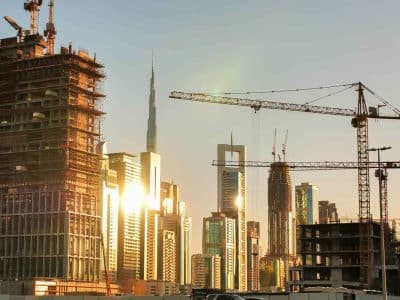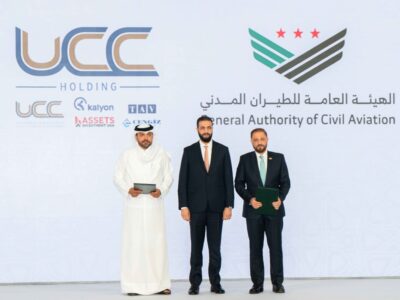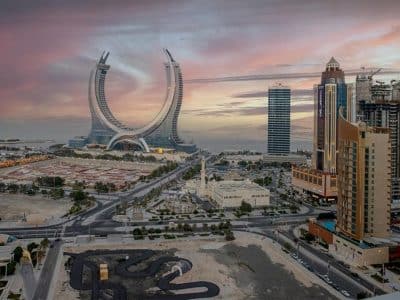The Bahrain World Trade Centre (BWTC) will generate more than double the amount of power than originally estimated, according to a recent study.
Although initial ground tests indicated that power generated from the project – the first in the world to integrate wind turbines into the building structure – would support 11-15% of the building’s energy needs, latest estimates show this could reach around 30% or more.
According to Shaun Killa, head architect and design director at the project’s architects, Atkins Middle East, this is due to the consistency of the wind, both in strength and direction.
“We spent two weeks on site taking measurements, and they [the researchers], feel they may have underestimated the amount of power the turbines will be producing,” he said.
“Original estimates were 15% but they think it will be double that,” he added.
Designed to funnel the strong on-shore winds, Killa said that the initial figures may have underestimated the effectiveness of the design that we see today. “The wind is funnelled between the towers and accelerated to almost twice the wind velocity of ambient wind velocity. Furthermore, negative pressure behind the building wraps round either side of the tower and drives the wind speed and increasing direction,” he explained.
Killa added that this has raised concern that demand from BWTC at night will now be unable to match the output of the turbines, which could mean the possibility of having to either shut down the wind turbines at night, or find alternative ways to use the surplus energy.
In March this year, three 29-metre diameter turbine blades were installed on the building. Each wind turbine is supported between the two towers by a bridge weighing 65 tonnes.







